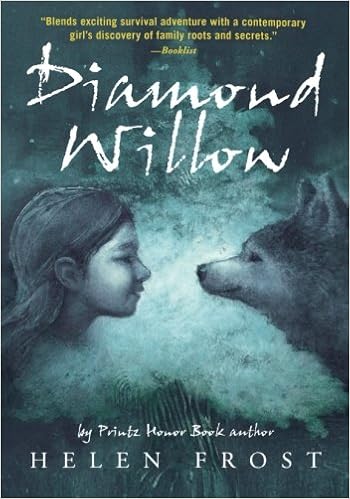ECHO ECHO: REVERSO POEMS ABOUT GREEK MYTHS
 |
| Photo retrieved from Amazon.com |
Singer, Marilyn. ECHO ECHO: A BOOK OF REVERSO POEMS. Ills. by Josee Masse. New York, NY: Dial Books, 2016. ISBN 978-0803739925
B. CRITICAL ANALYSIS AND REVIEW
In another book of reverso style poems, Marilyn Singer entertains the young and old in this fun and unique presentation of Greek myths. Offering a viewpoint from both sides of the myths, Singer offers a fun take on the well-known stories that have survived through the years. In fourteen poems, she creates a snapshot of many tales of misfortune, greed, and love gone cursed. While the poems are short, they must be read carefully and repeatedly in order to connect the poems and find meaning in the opposing perspectives.
By using creative punctuation, Singer reverses each set of poems and has created a playful form of poetry. Although some of the myths may be unfamiliar to very young children, the themes are universal and children can be guided toward understanding the themes. These poems may create an early interest in Greek mythology for young ones, and they may find themselves looking for more books about these myths.
The poems consistently maintain the reader’s attention as young ones look back to check that the poems are truly written in reverse. The poems provide a short synopsis of what each of the Greek myths is about, and short conversations about each story may naturally ensue. The illustrations in ECHO ECHO are provided by Josee Masse, who has also illustrated other reverso style poems by Singer, such as MIRROR MIRROR and FOLLOW FOLLOW. The illustrations are vibrant and whimsical. Bold colors of golds, yellows, blues, and greens are used throughout the double paged layout. The illustrations are intertwining of each other, and they mirror the poems to provide much entertainment to the reader. Singer also provides a very brief explanation of the Greek myth on the bottom of the page of each poem, which a teacher or parent may find very useful when explaining the myths to children.
C. HIGHLIGHT POEM
King Midas and His Daughter
Golden
girl.
alas, my
good father
still dares to call me,
who
would never offer a gentle hand.
What kind of man would for years not give a caress?
I must confess
I suffer much.
Today-
so needy
so greedy-
for one magic touch.
For one magic touch-
so greedy,
so needy-
today.
I suffer much,
I must confess.
What kind of man would for years not give a caress,
would never offer a gentle hand?
Who still dares to call me
“good Father?”
Alas, my
girl!
Golden.
When reading this particular poem with young ones, the teacher may first provide background information. This could be done at storytime, using the book King Midas and the Golden Touch or showing them a video, such as the one at https://www.youtube.com/watch?v=3zdTjVrbjKI After presenting one of these two formats (or both!), the teacher can share the poem with the students. The teacher can provide students with pre-made rose cut-outs, and students will use gold glitter to fill in their rose. Ask students what the meaning of the gold rose was in the story, and allow them to discuss the meaning of greed, need, and family in this story.


